Gallery
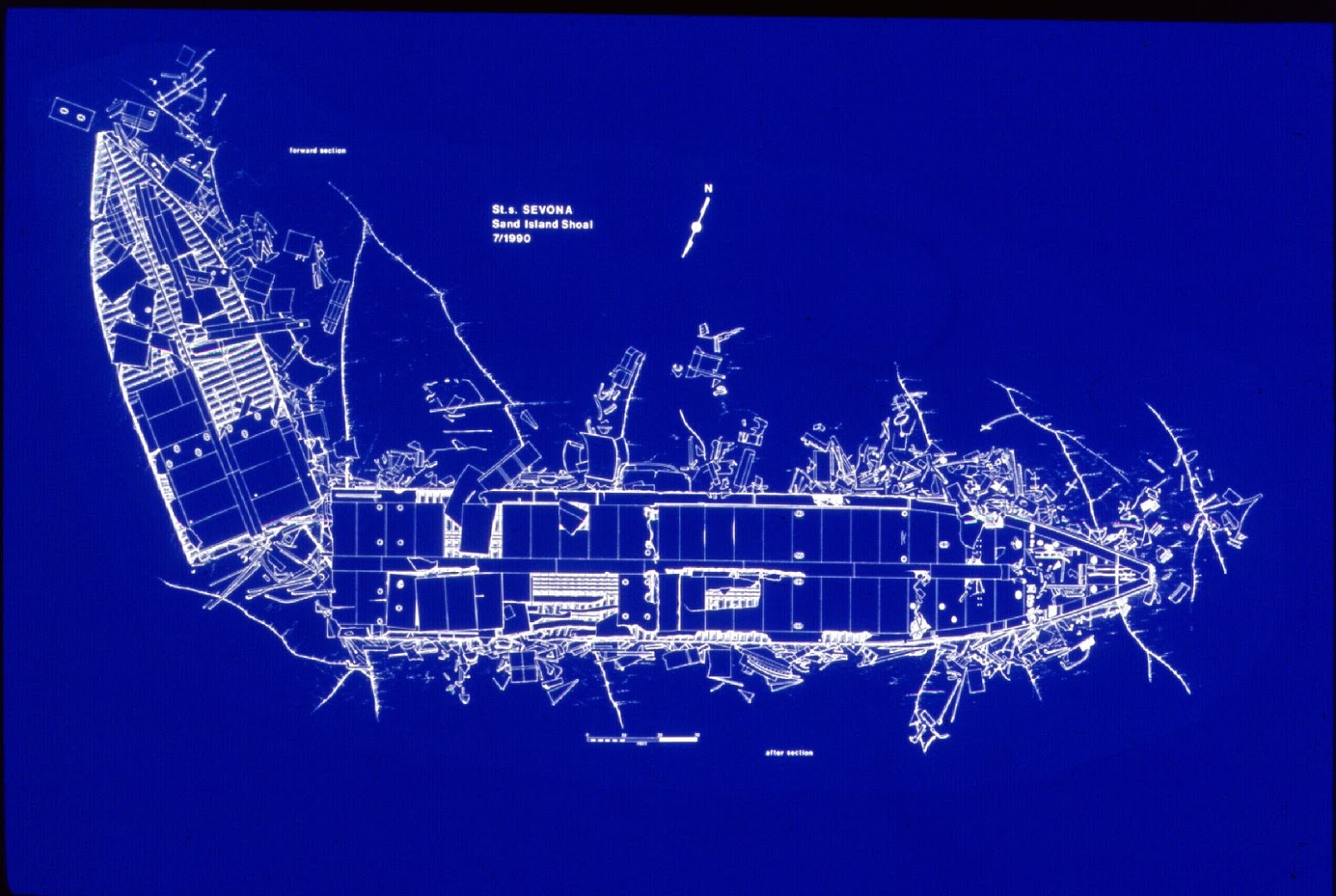
Sevona archaeological site plan
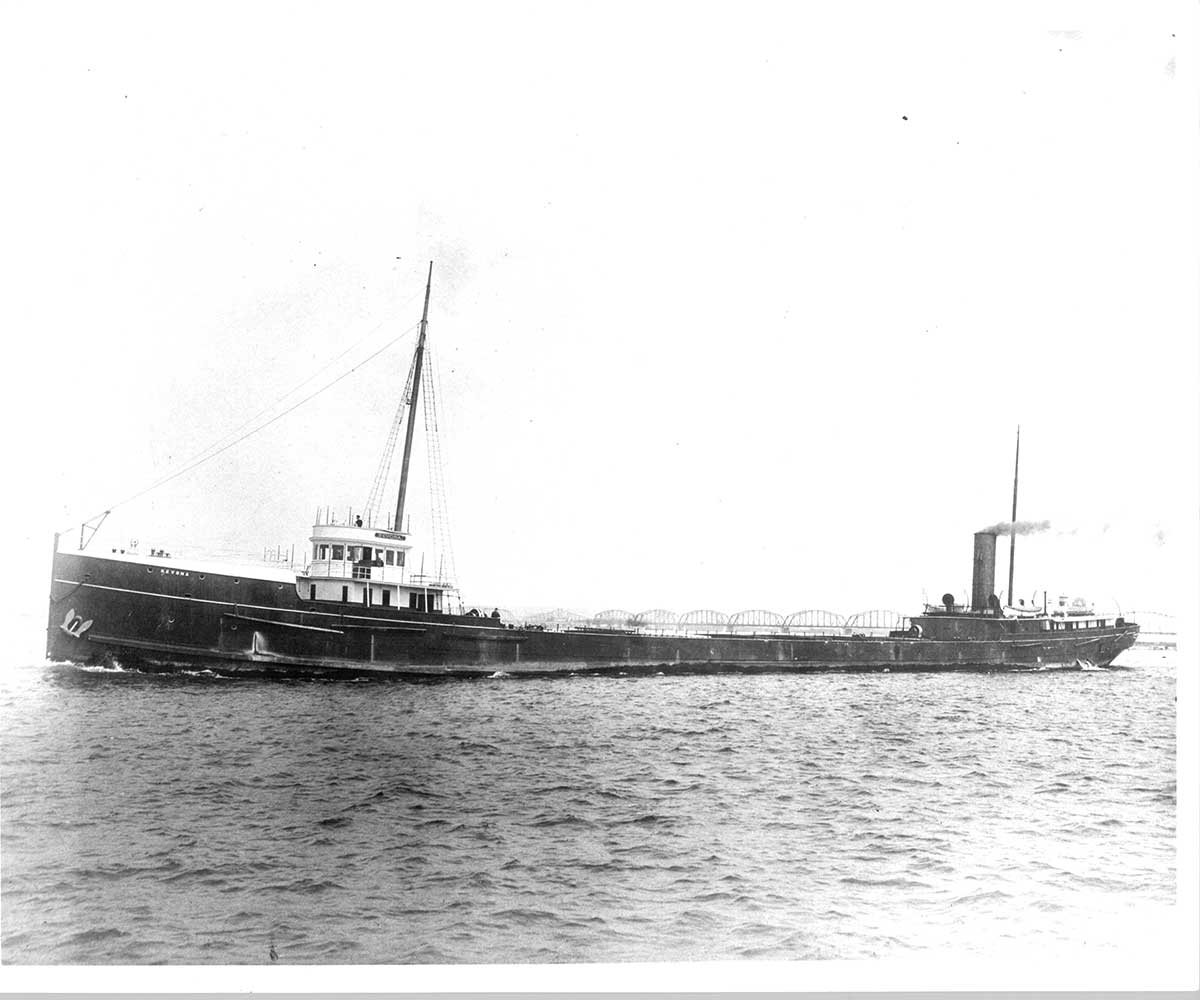
Sevona under steam
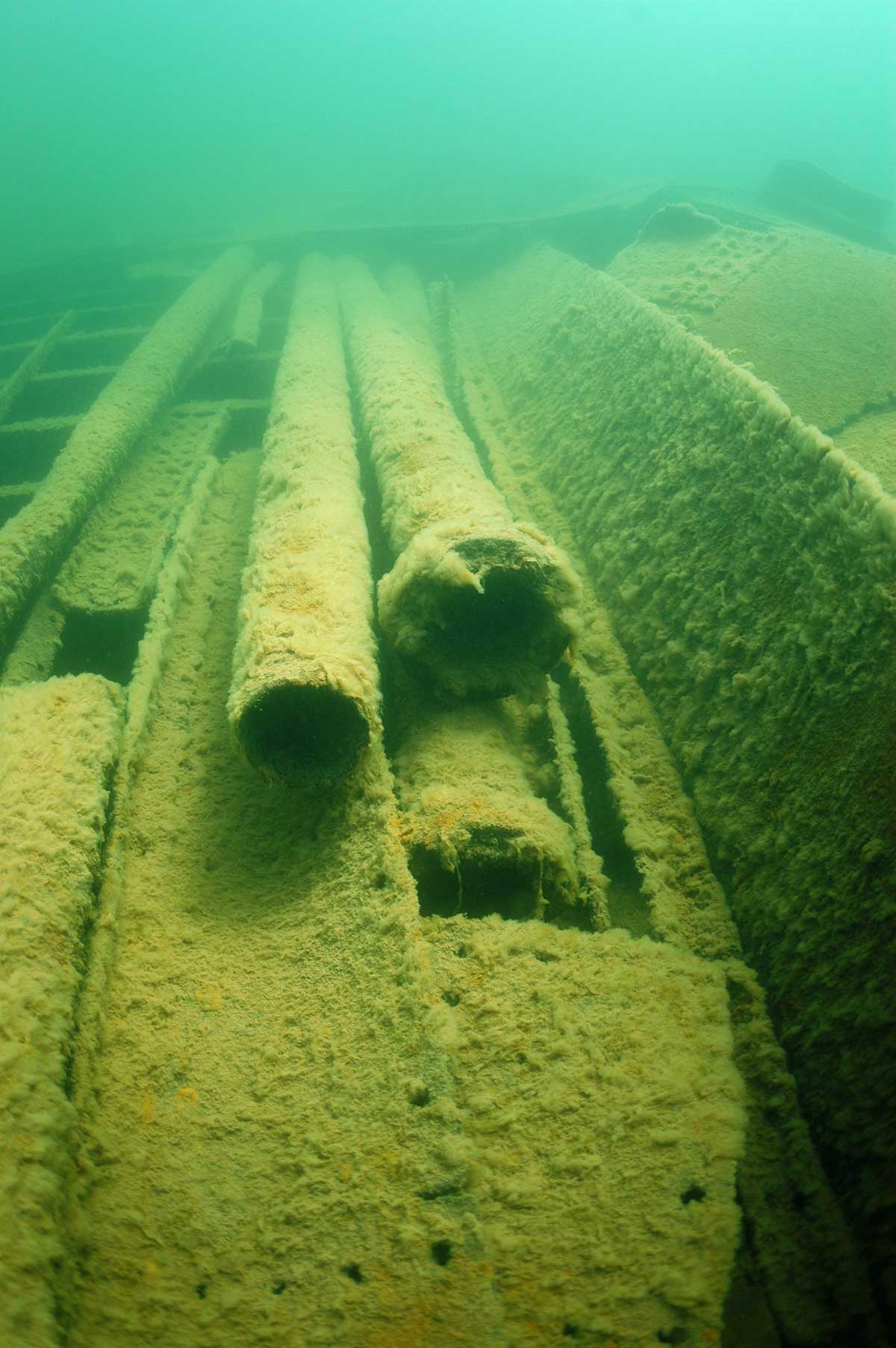
Pipes remaining on the Sevona wreck site
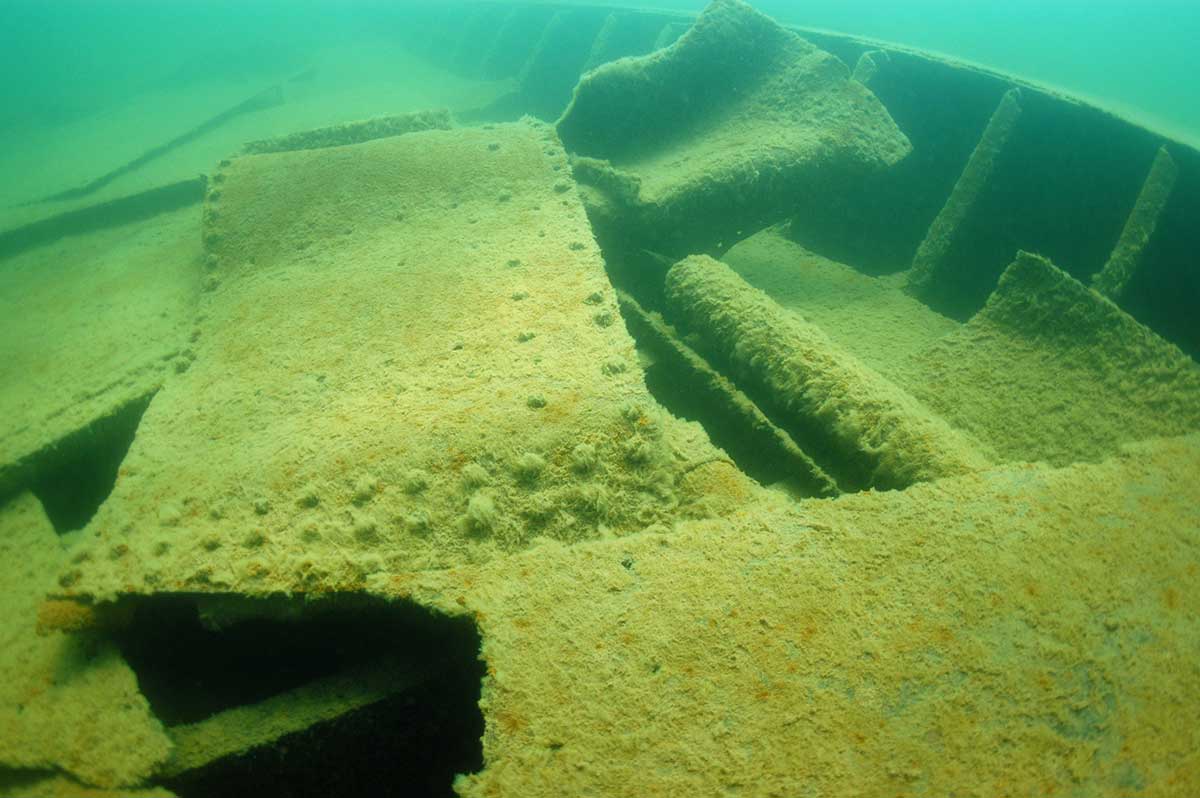
Tank tops on the Sevona
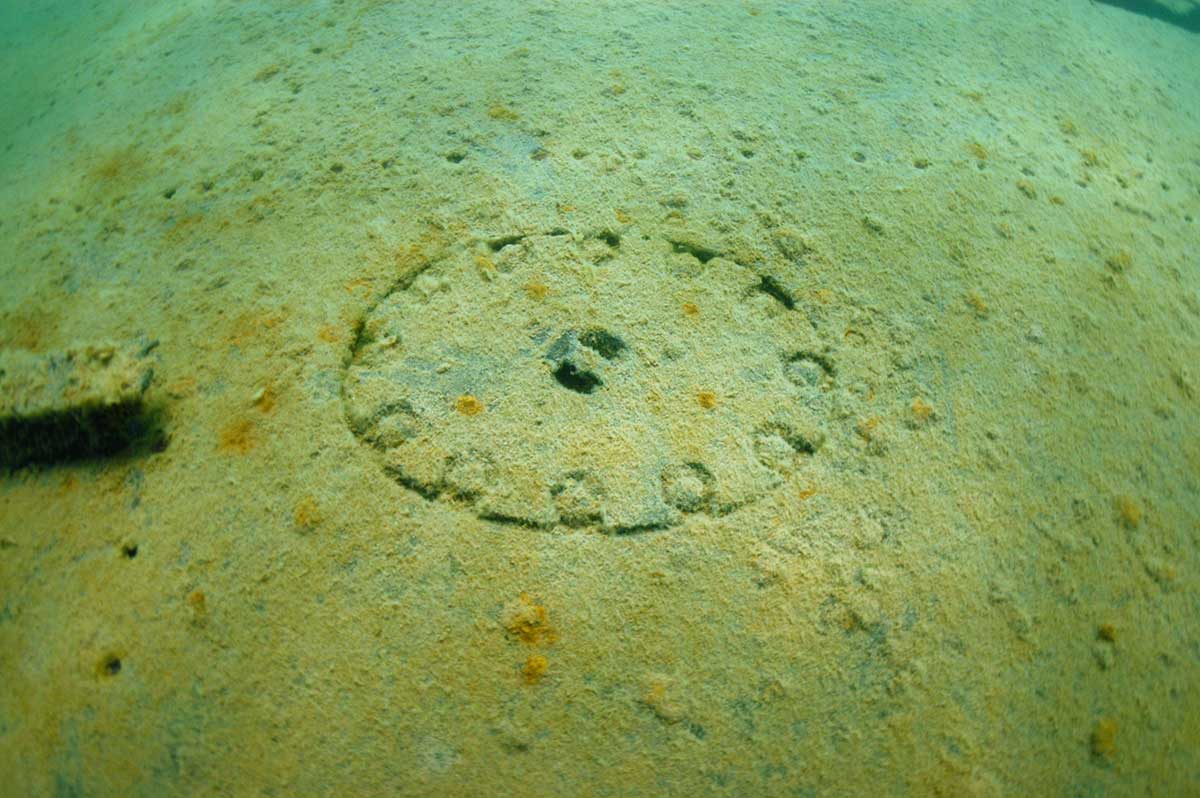
Access hatch in one of the tank tops of Sevona
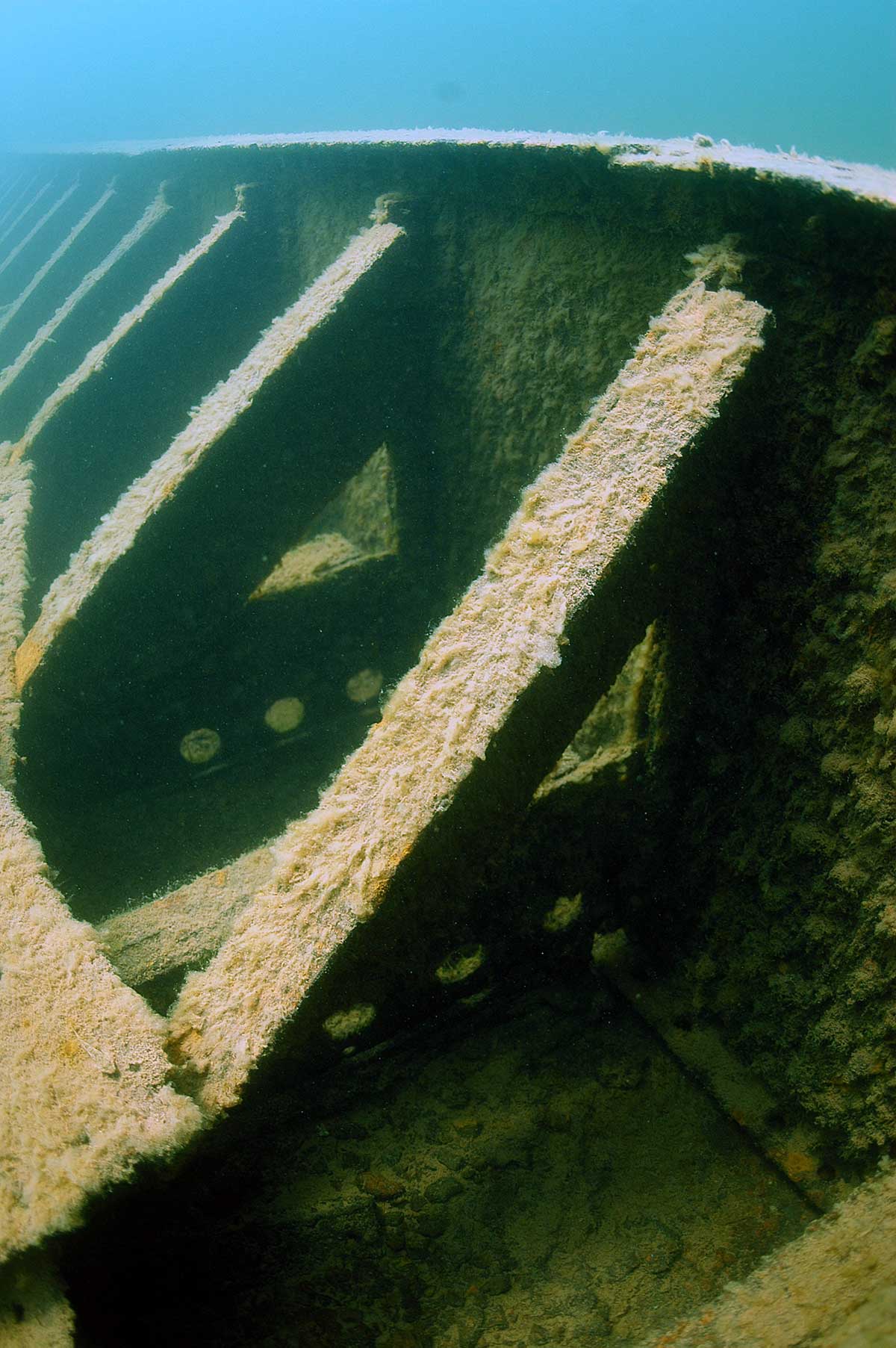
Sevona's knees for the upper deck
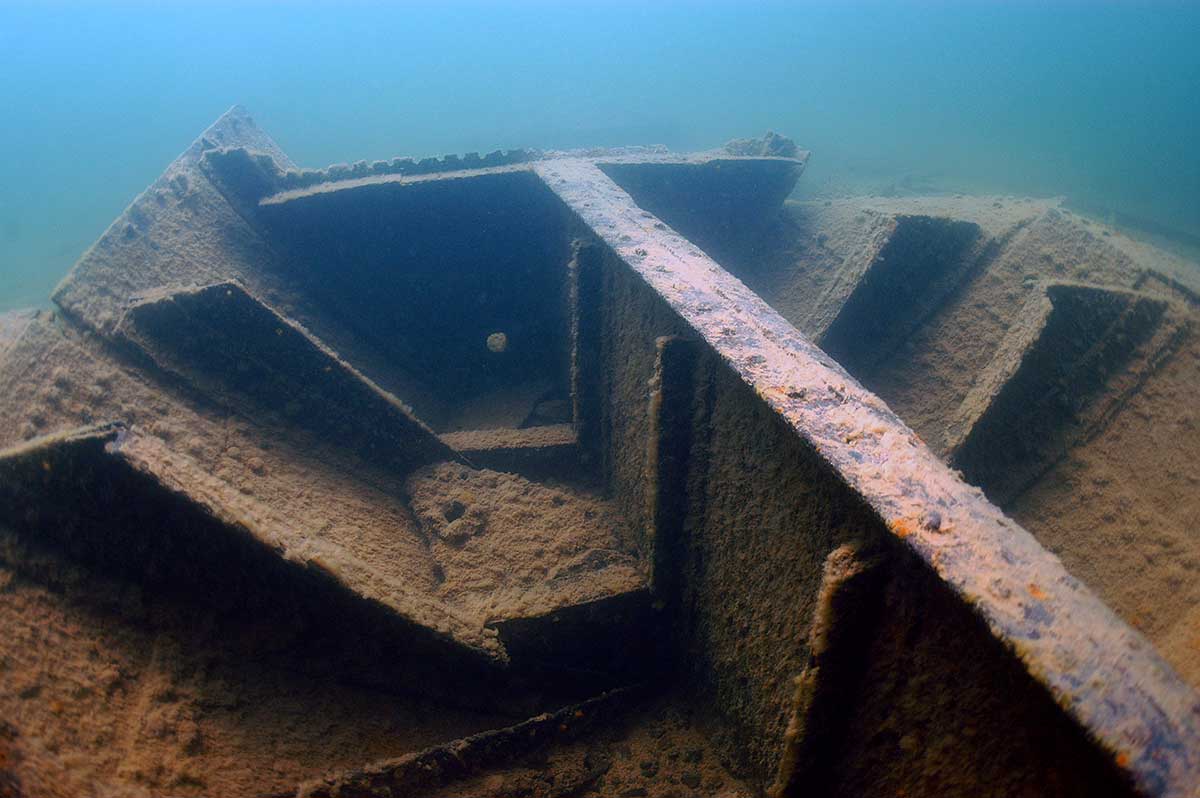
Sevona's bow and forward bulkhead looking forward
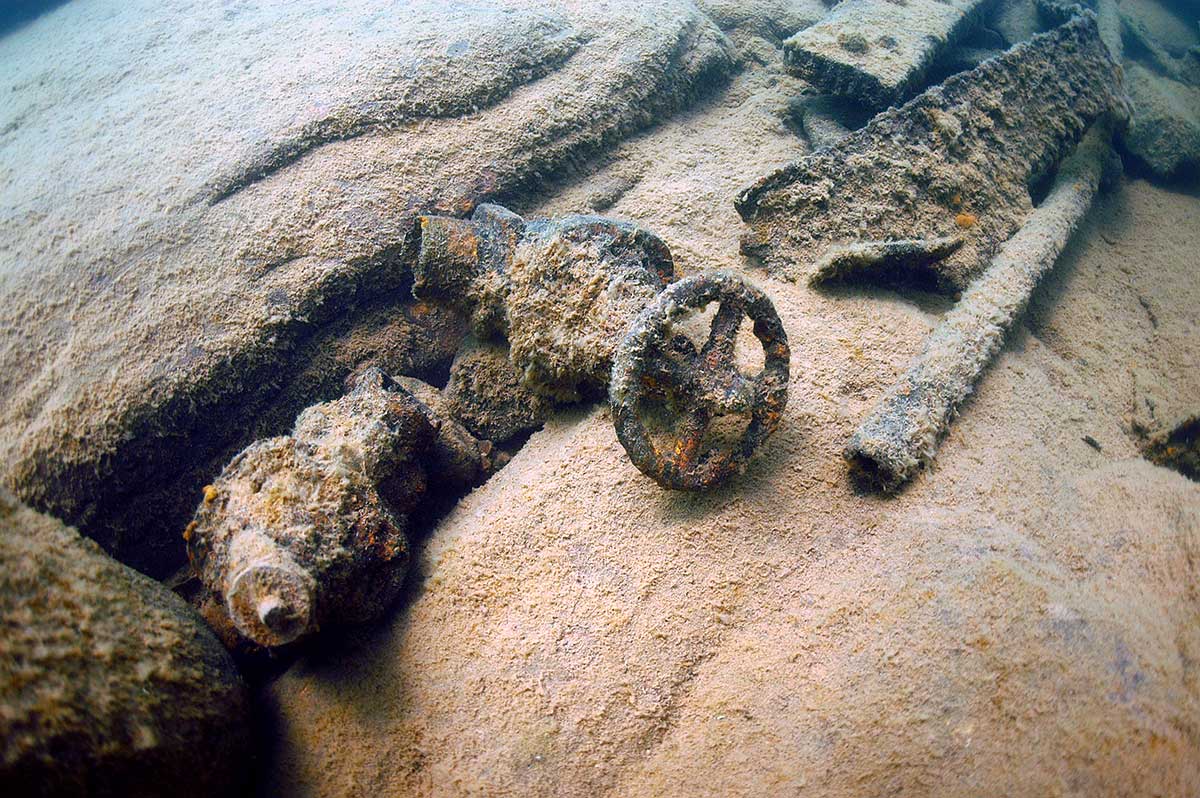
Valves remaining on the Sevona wreck site
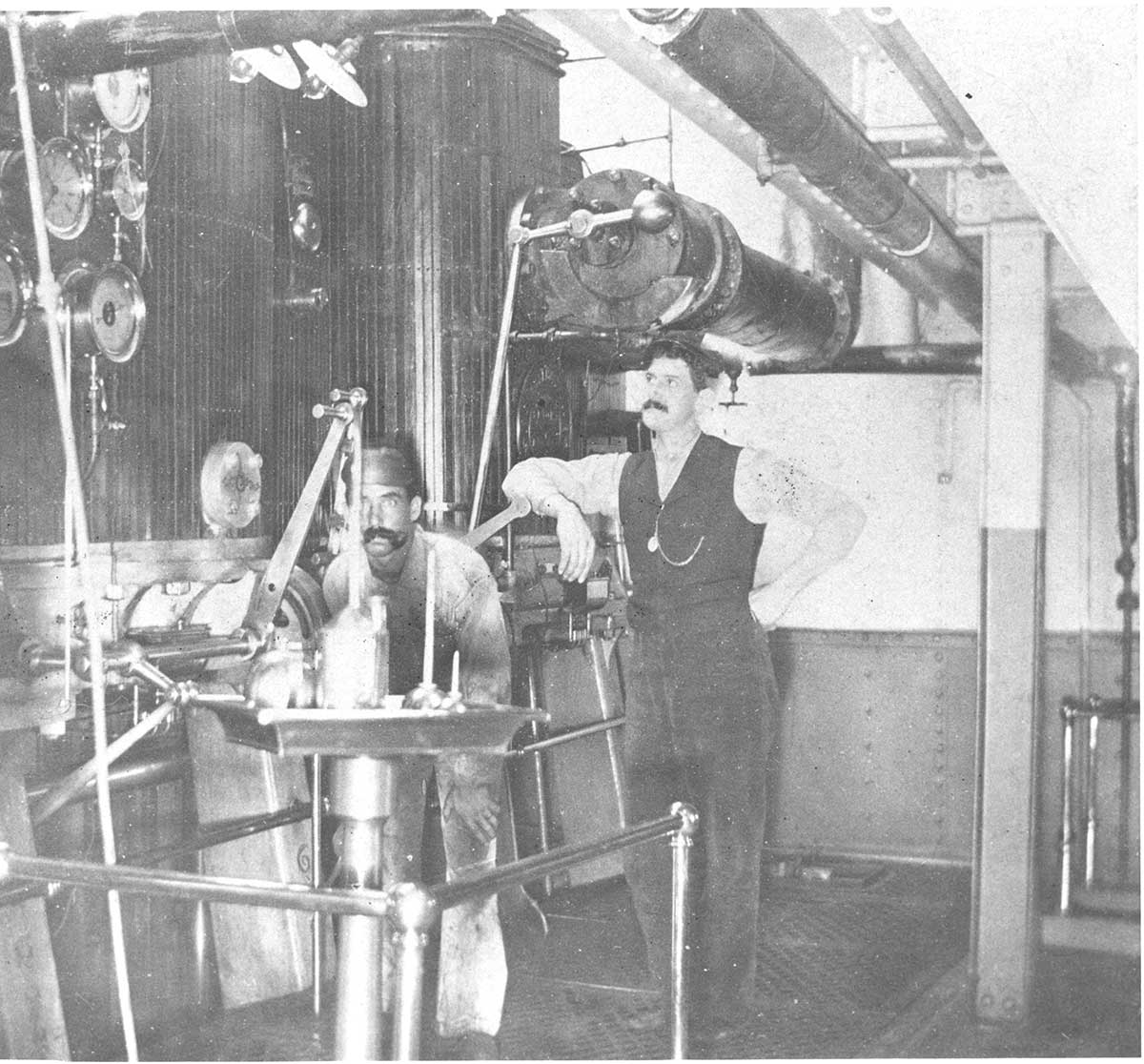
Engineers in Sevona's engine room
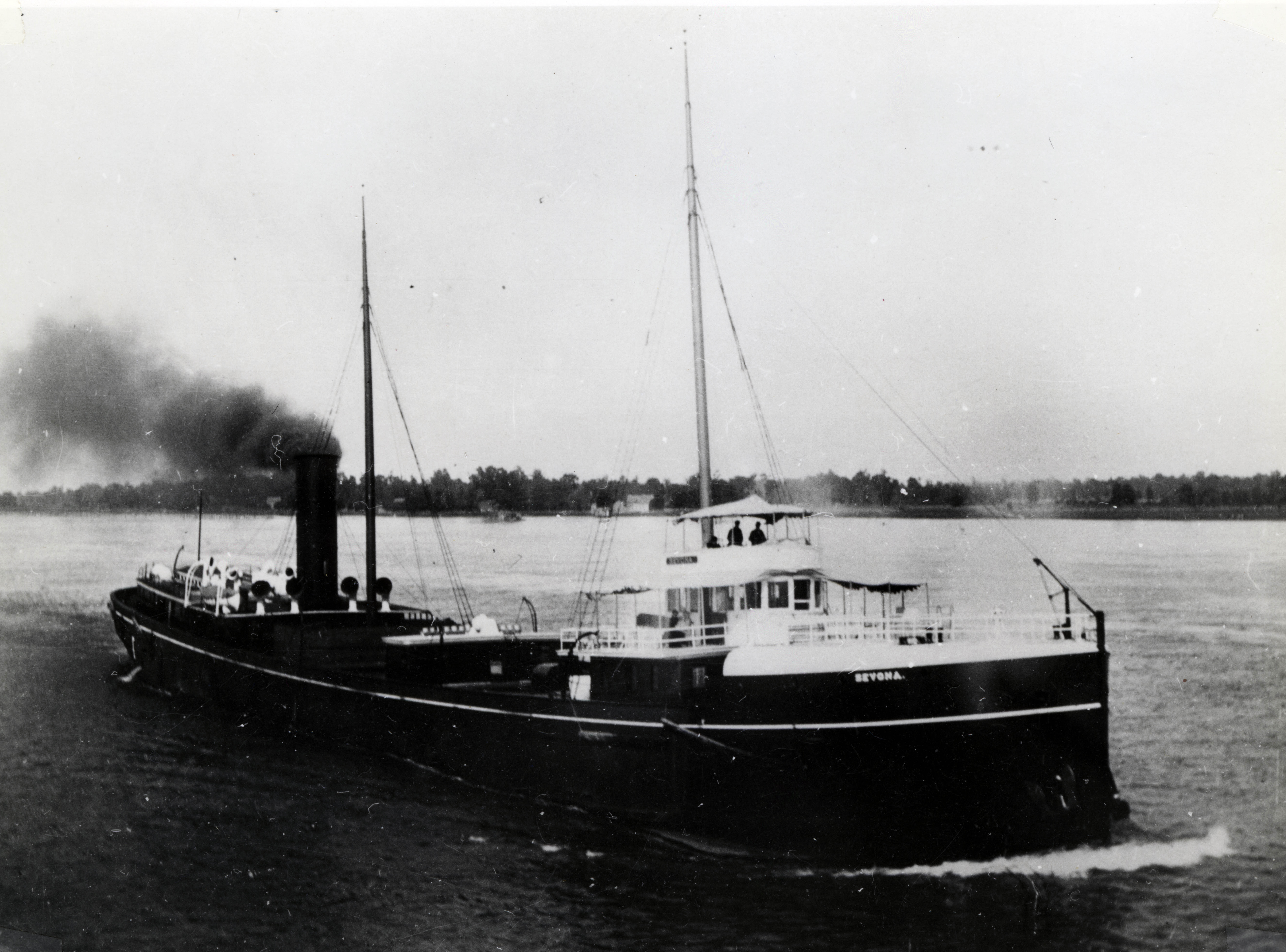
Sevona steaming. H.C. Inches
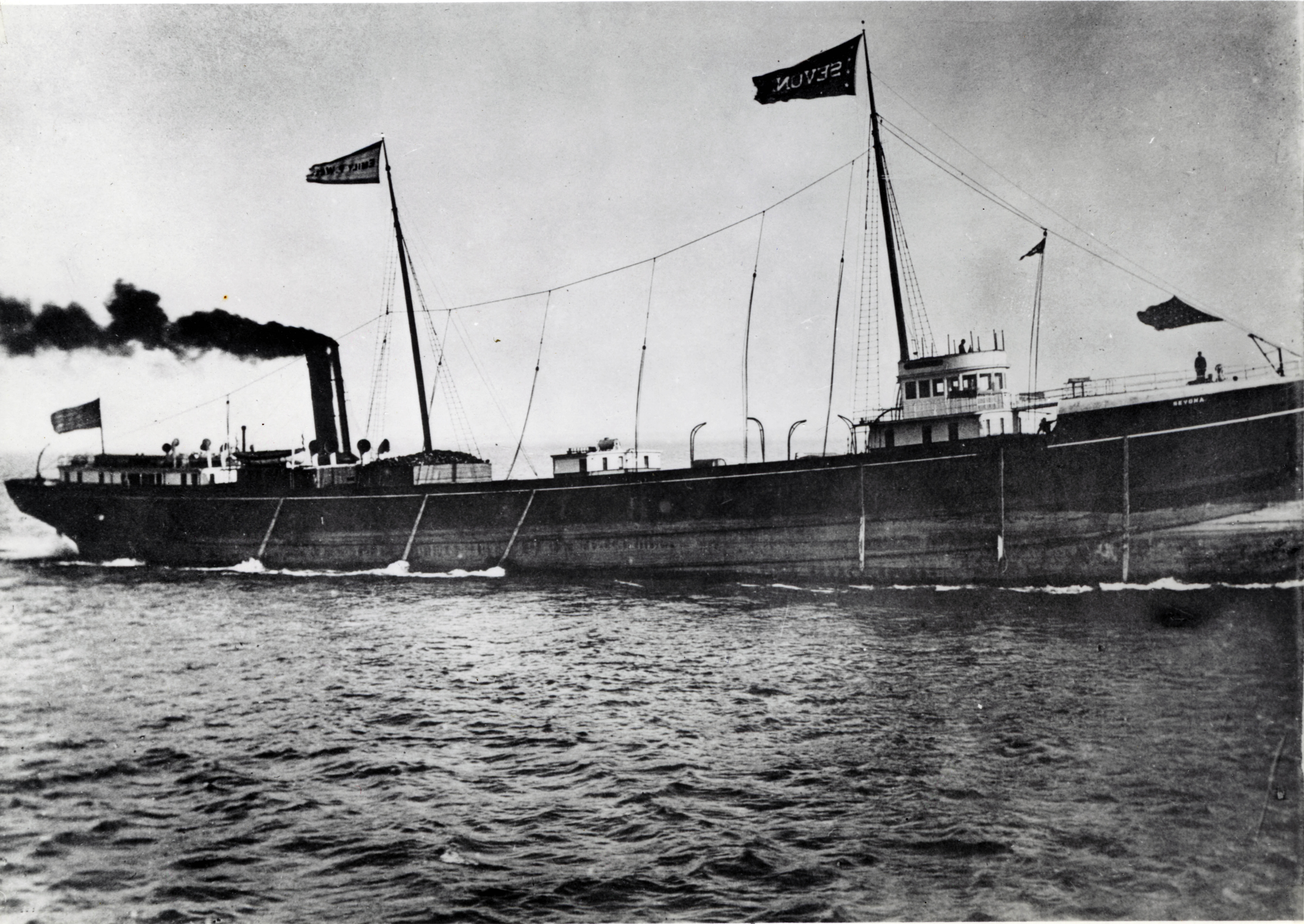
Sevona Underway
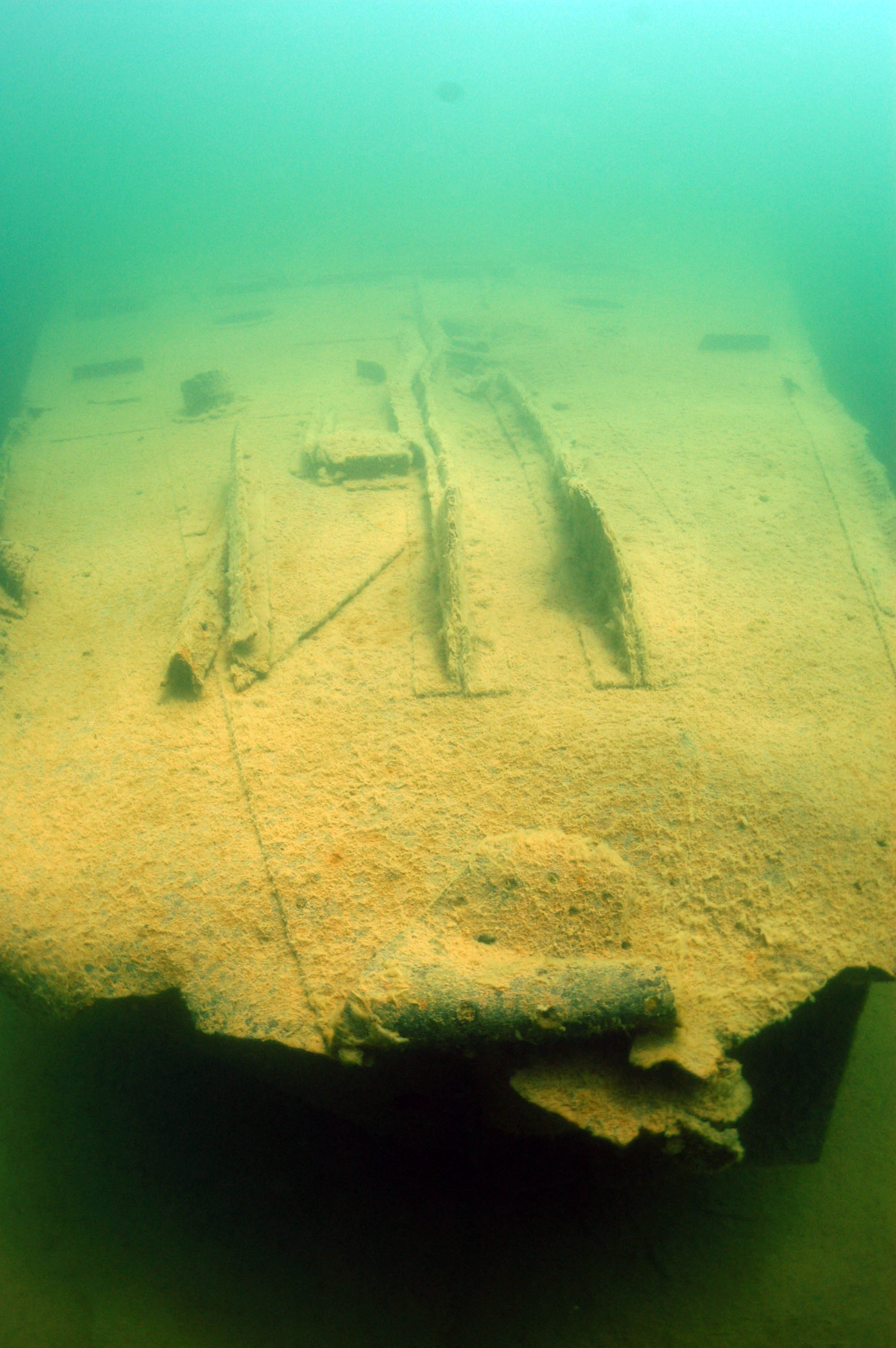
Sevona's Stern
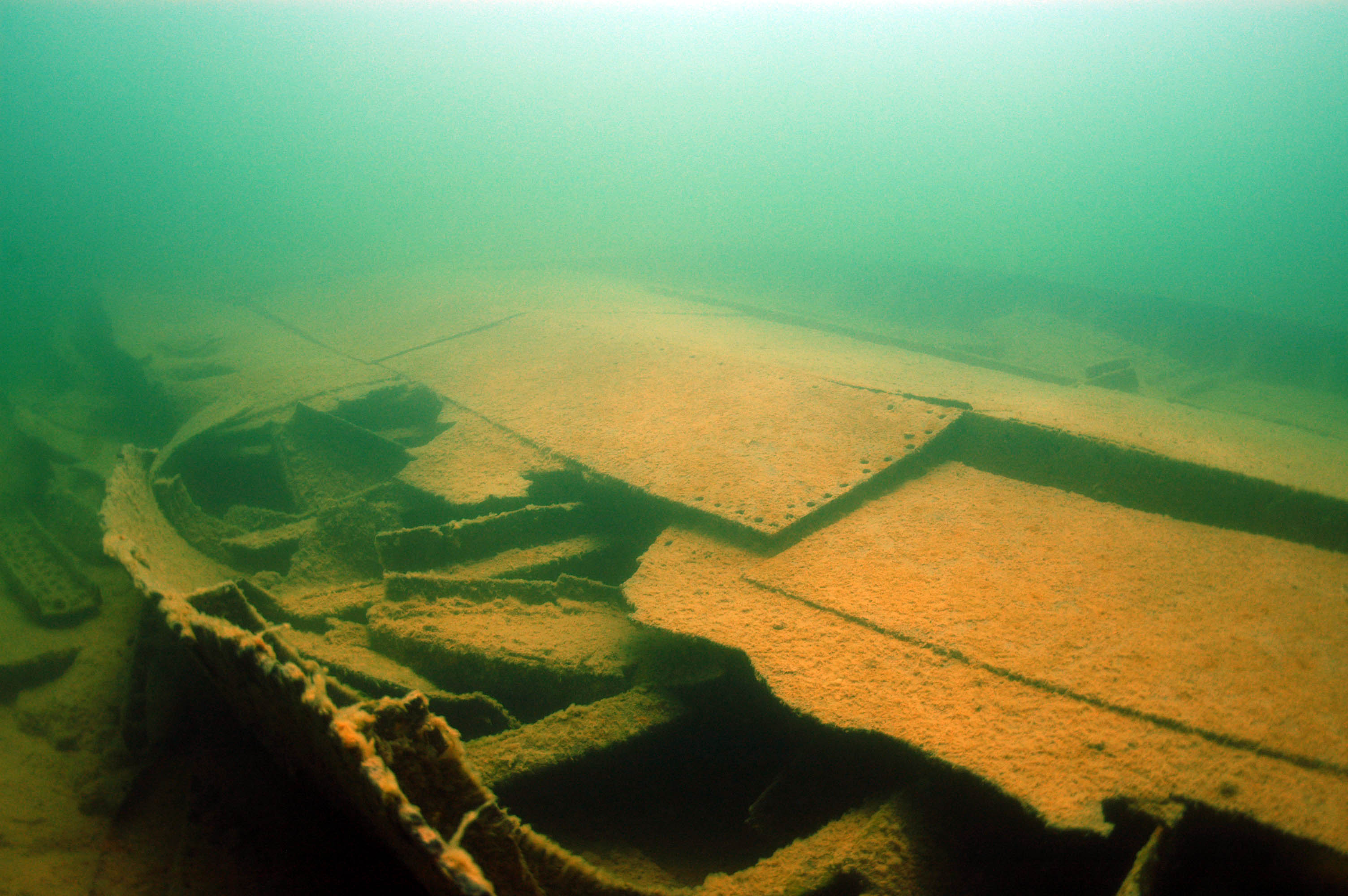
Sevona's Broken Up Hull
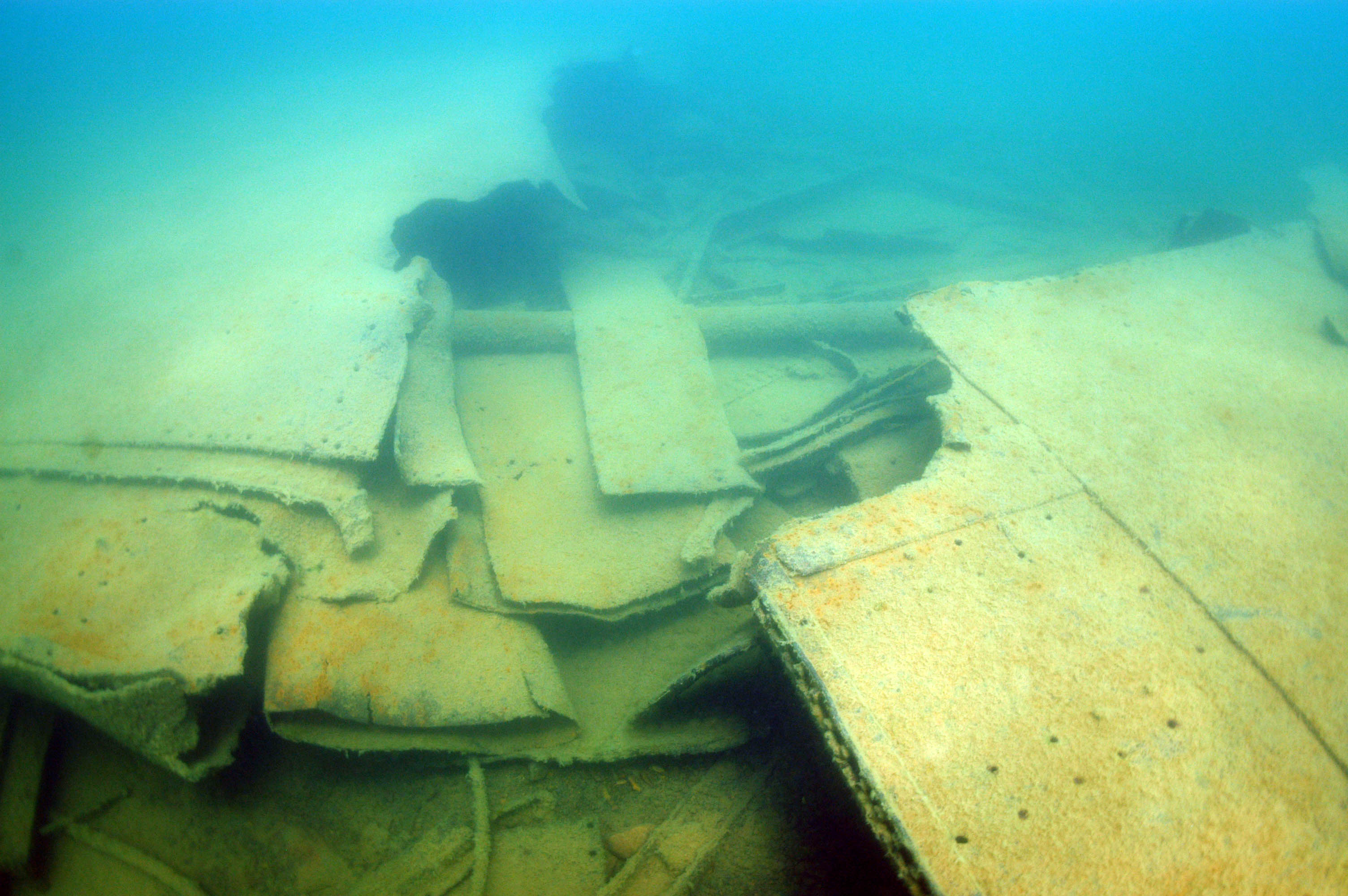
Break in the Hull

 Confirmed Location
Confirmed Location
 Unconfirmed location
Unconfirmed location